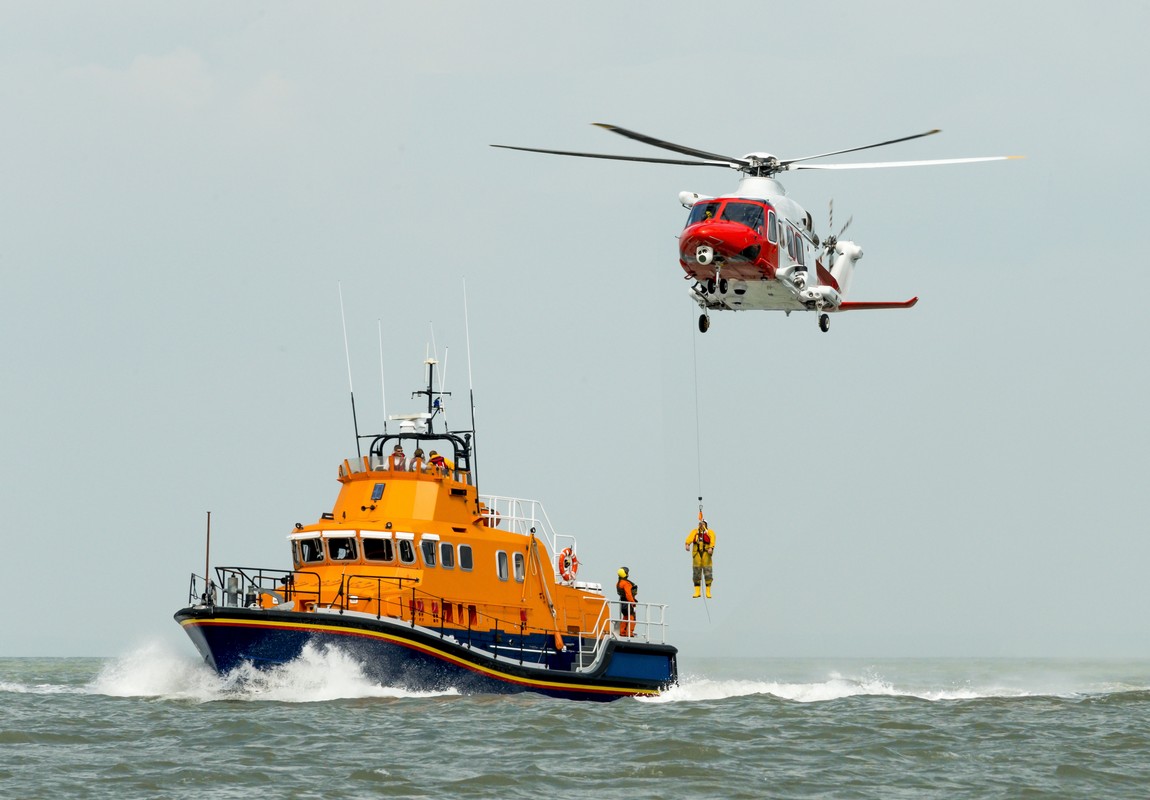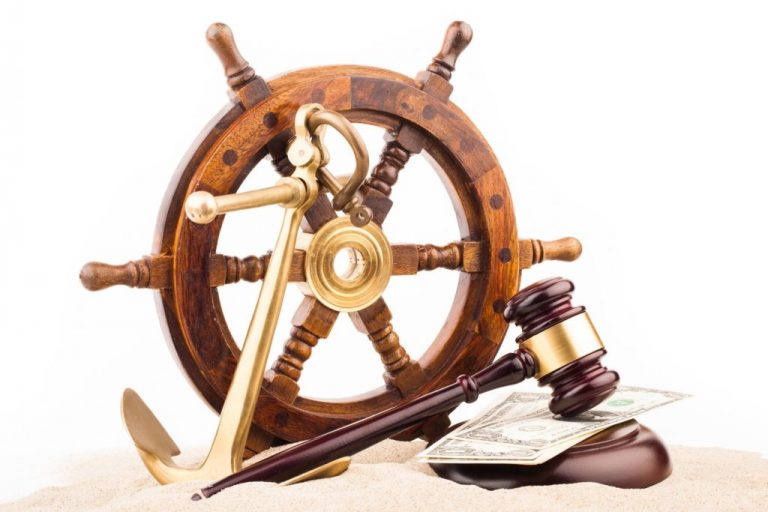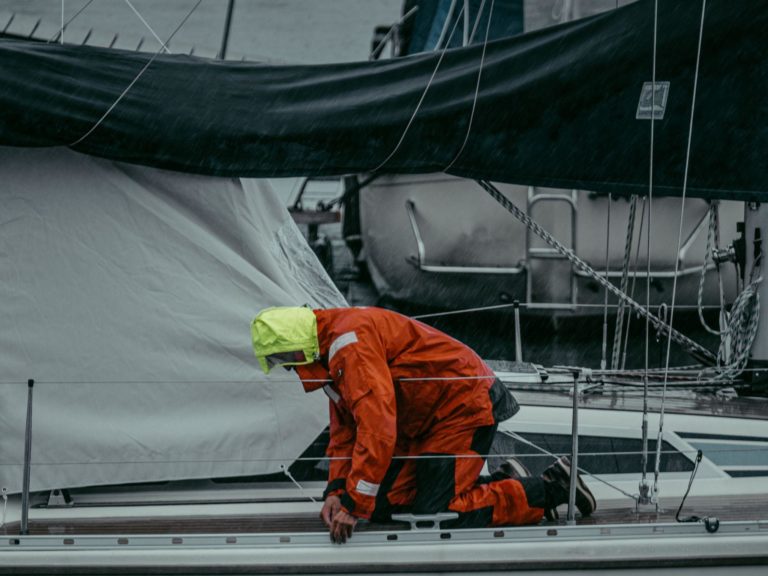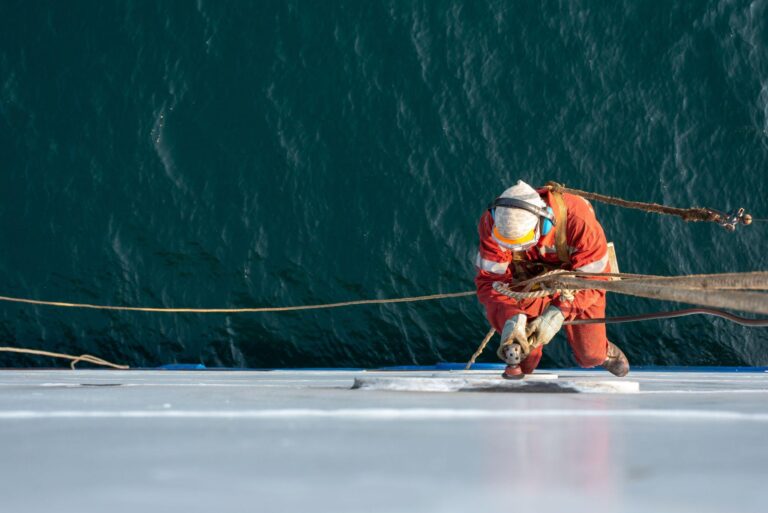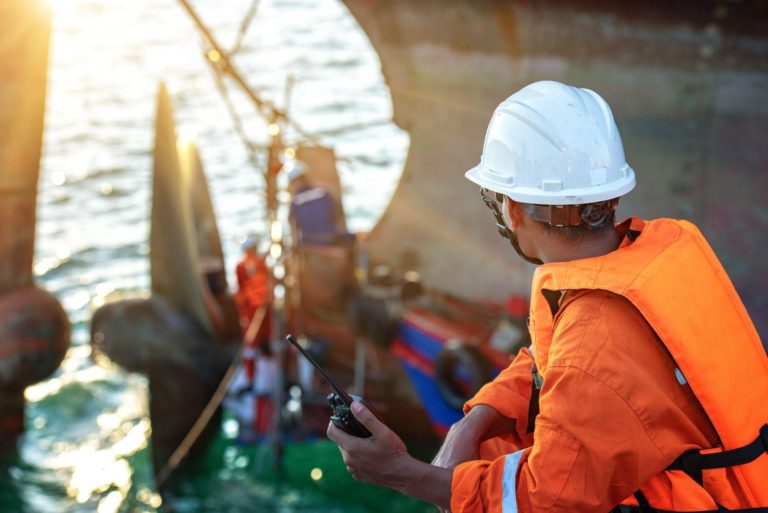Working in the maritime industry often means strenuous, difficult, and potentially dangerous working conditions. Each year maritime injury law firms represent clients who are injured, permanently disabled, or killed while working on ships or platforms at sea. These tragic consequences can sometimes be lessened by the acts of their shipmates who can provide the right first aid following an accident.
Those who pursue an Able-Bodied Seaman certification must, in fact, complete basic safety training that includes CPR training,1 but all crew members should understand the basic first responses for the most common types of maritime injuries.
Neck or Back Injuries at Sea
Back and neck injuries can happen on a vessel because of falling, being crushed by moving cargo, being hit by swinging gear, or being struck by falling objects. Many maritime injury claims are the result of serious spinal injuries.
If one of your ship-mates suffers a serious neck or back injury:2
- Call or radio for medical help immediately.
- Do not move them until necessary.
- If they are wearing a helmet, do not remove it—only raise the facemask to check o breathing.
- If the victim is not breathing, perform CPR, but do not tip the head back as normal.
- Transport the victim flat, with head and neck secured by rolled towels or sheets to prevent movement, using a team to keep their spine aligned during any shift to backboard or stretcher.
- Only if the victim is choking or vomiting, use a team to roll them onto their side with two or more people keeping their head and neck aligned with their spine.
- Cover with blankets and treat for shock until medical transport arrives.
Electrocution Onboard a Vessel
Ship electrical systems, electronics, and heavy equipment operate in a wet environment, making electrocution accidents a constant maritime safety issue. Often the victim is found unconscious, not breathing, and may still be part of the circuit that caused the injury.
If you witness or suspect electrocution:3
- Turn off the electricity source first, before touching the injured person.
- If you cannot turn off the electricity at its source, use a nonconducting tool made of wood, plastic, or cardboard to separate the wires or machinery from the person and yourself.
- If the victim is not breathing or has no pulse, begin CPR immediately.
- If the victim has severe burns, seizures, irregular heartbeat, or difficulty breathing, call for emergency medical assistance.
- Bandage burned areas with sterile gauze and antibacterial gel or cream.
- Keep the person warm and under observation until professional medical care is available.
Fractured and Broken Bones
Broken or fractured bones are a common type of maritime personal injury. Complications of these injuries lead many to contact a maritime injury law firm. The results may include long-term disability or loss of earning potential, especially when onboard treatment is incorrect or inadequate.
If a crewmate suffers a bone fracture:4
- Use pressure to stop the bleeding if needed.
- Immobilize the break using a splint, without attempting to realign the bones.
- If there is serious bleeding, the bone pierces the skin, or the area appears deformed with bluish extremities, call for emergency medical assistance.
- Apply icepacks to reduce swelling and pain.
- Treat for shock, laying the person down flat, keeping them warm, and elevating their legs if possible.
- Simple fractures may be set and treated by a ship’s doctor, while crush injuries and complex fractures may require on-shore emergency treatment.
Heat Exhaustion and Heatstroke
Maritime work is physically demanding and takes place in all kinds of weather conditions. One of the most difficult problems to spot early is the heat-related syndrome of heat exhaustion. Symptoms include goose-bumps, dizziness, cramps, nausea, and rapid heartbeat. As the body’s core temperature rises to dangerous levels, heat exhaustion becomes heatstroke, which can be life-threatening.
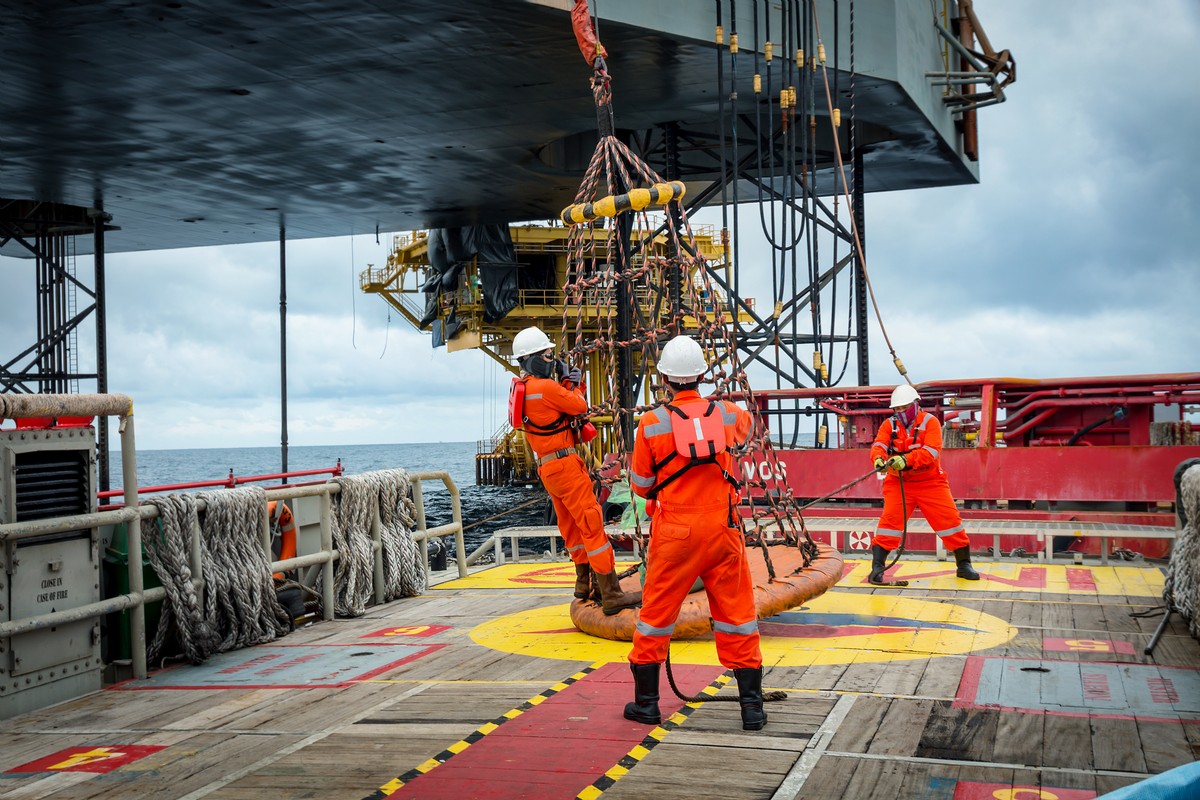
First aid response for heat exhaustion includes:5
- Move the person out of the sun into a shaded or air-conditioned space.
- Have the victim lie down and elevate their legs.
- Remove tight or heavy clothing.
- Provide plenty of cool water or cool beverages without alcohol or caffeine.
- Apply wet cloths or wrapped icepacks to areas where the blood runs close to the surface, including the back of the neck, wrists, chest, and forehead.
- If symptoms do not improve after one hour, or if signs of heatstroke develop including fainting, confusion, seizures, or an internal temperature greater than 104F, call for emergency medical assistance.
Head Trauma and Brain Injury at Sea
Moving cranes, lines, and unsecured gear can swing wildly or break under pressure, causing severe head trauma. Improperly maintained equipment and failure to follow maritime safety information and guidelines can be a contributing factor to these serious, debilitating, and life-threatening injuries.
If one of your shipmates experiences a serious blow to the head, provide these first responses:6
- If the skull does not appear visibly fractured, apply pressure to stop the bleeding using a clean cloth or gauze bandage.
- If they are wearing a helmet or hardhat that has been damaged, leave it in place except to treat heavy bleeding or perform CPR.
- If the victim does not have a pulse or is not breathing, begin CPR.
- Keep the person still and lying down with head and shoulders gently elevated.
- Protect their head and neck from movement using rolled towels or sheets during transport.
- Concussion has symptoms including nausea, headaches, and confusion, and it is often treated by a ship’s doctor with a complete medical examination, rest, and observation.
- Symptoms of brain injury require emergency medical attention and may include passing out, weakness in an arm or leg, unequal pupil sizes, slurred speech, and seizures.
Recovery and Resources for Injured Maritime Workers
There is no doubt that working on a vessel, dock, or platform can be dangerous. Because of the industry’s dangers, maritime law requires ship owners to provide injured workers with “maintenance and cure.” Those injured in the course of their work at sea are entitled to coverage of their medical bills and financial support while they recover.
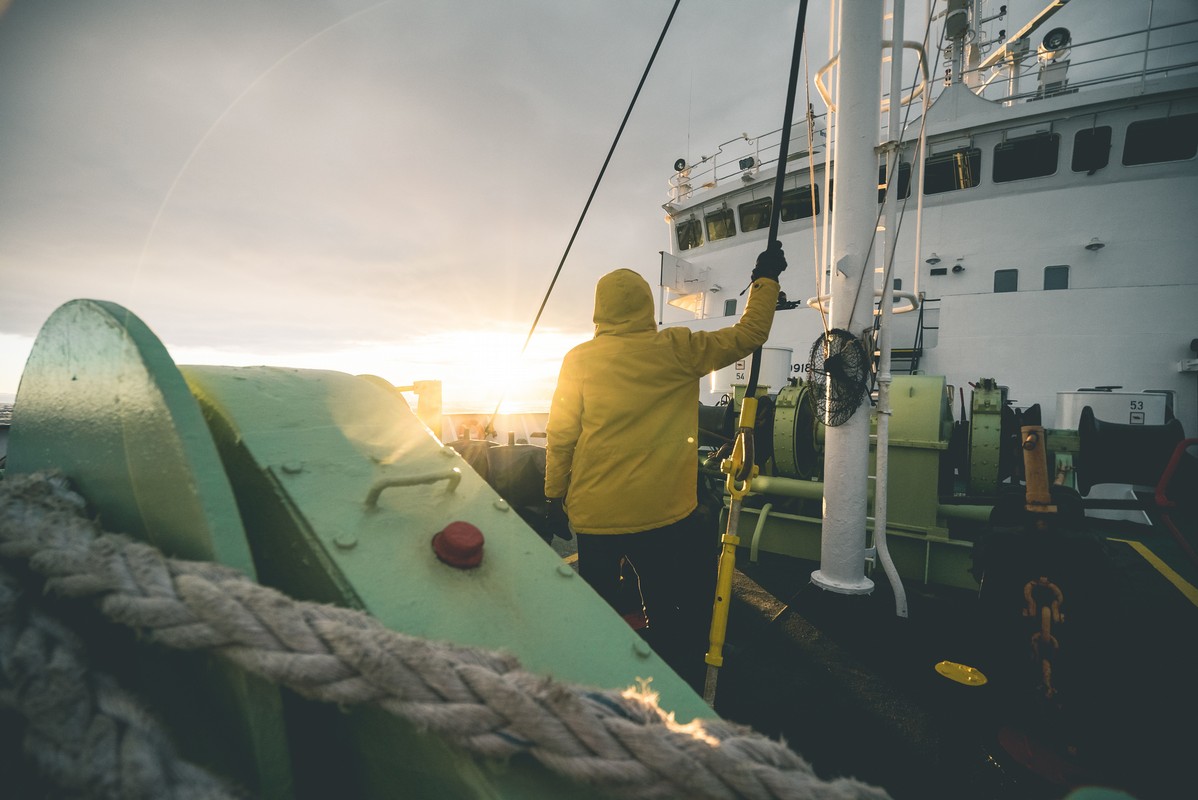
Because normal worker’s compensation does not usually apply to maritime workers, there are other legal protections for injured seamen and their families. When shipowners and employers do not keep a vessel, crew, and equipment safe and seaworthy, or do not provide proper maintenance and cure, there are legal paths to fair compensation under maritime law.
Navigating Legal Options After Serious Maritime Injuries
The training of the crew in CPR, first aid, survival, and safety procedures is an essential responsibility of shipowners wherever they sail. If you or a loved one was involved in an accident and proper medical care was not provided, you should claim your rights to the compensation, medical treatments, and time you need to fully recover.
Consulting with a maritime injury law firm will guide you on how maritime law applies in your case. The experienced team of attorneys at Schechter, Shaffer, and Harris—Maintenance and Cure—offers free consultations and legal guidance for maritime workers from all major U.S. ports and shipping regions. Contact us today for the clear answers and resources you need to chart your course forward after an accident at sea.
Sources:
- https://trlmi.com/u-s-coast-guard-captains-license-credential-requirements-able-seaman/
- https://www.mayoclinic.org/first-aid/first-aid-spinal-injury/basics/art-20056677
- https://www.mayoclinic.org/first-aid/first-aid-electrical-shock/basics/art-20056695
- https://www.mayoclinic.org/first-aid/first-aid-fractures/basics/art-20056641
- https://www.mayoclinic.org/first-aid/first-aid-heat-exhaustion/basics/art-20056651
- https://www.mayoclinic.org/first-aid/first-aid-head-trauma/basics/art-20056626

